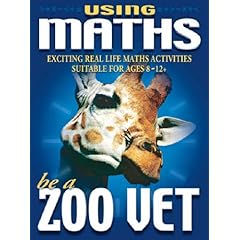The Southampton cat population study led to a major rethink about tackling the problem of the number of cats coming into rescue.
I can remember the first wave of projects, about seven years ago, when branches tried to adopt a scientific approach, based on the study's figures for the percentage of neutered cats needed for the population to be in balance. Ideally, this involved selecting areas which experience had shown were a frequent source of incoming cats; surveying local cat owners to find the percentage of un-neutered females and following up with a campaign to offer vouchers for spay/neuter in areas where the percentage of un-neutered cats was higher than needed to produce just enough kittens to replace cats dying from natural causes.
This sounded wonderful, but in practice was so labour-intensive that hardly anyone actually managed to follow the whole protocol.
The second wave was less scientifically ambitious and just involved the branch identifying areas tending to generate incoming cats and targeting offers of neutering vouchers to those areas.
The third wave evolved into the current series of
Community Animal Action Weeks, which have been so successful and useful on many fronts, not just cat numbers, that they are probably the final, optimised version.
The aim of Community Animal Action Week is to help pet owners by providing free animal care advice and discounted microchipping. Neutering vouchers will also be provided.
Local RSPCA officers will team up with dog wardens and police community support officers to visit as many homes in the selected areas as possible. The service is free, but anyone receiving help is welcome to make a small donation towards the charity's costs.
An additional bonus of the Animal Action Weeks is the way they give Inspectors, ACOs and volunteers a unique chance to work together as a team on something positive, rather than continual "fire-fighting" and to get away from the "us and them" view of the general public. Several people I know who participated commented that, even on supposedly "sink" estates, the vast majority of pet owners want to do the right thing and do look after their animals.
 One of a series of books aimed at children in the age range 8-12, offering examples of the practical application of maths skills in real-life scenarios.
One of a series of books aimed at children in the age range 8-12, offering examples of the practical application of maths skills in real-life scenarios.